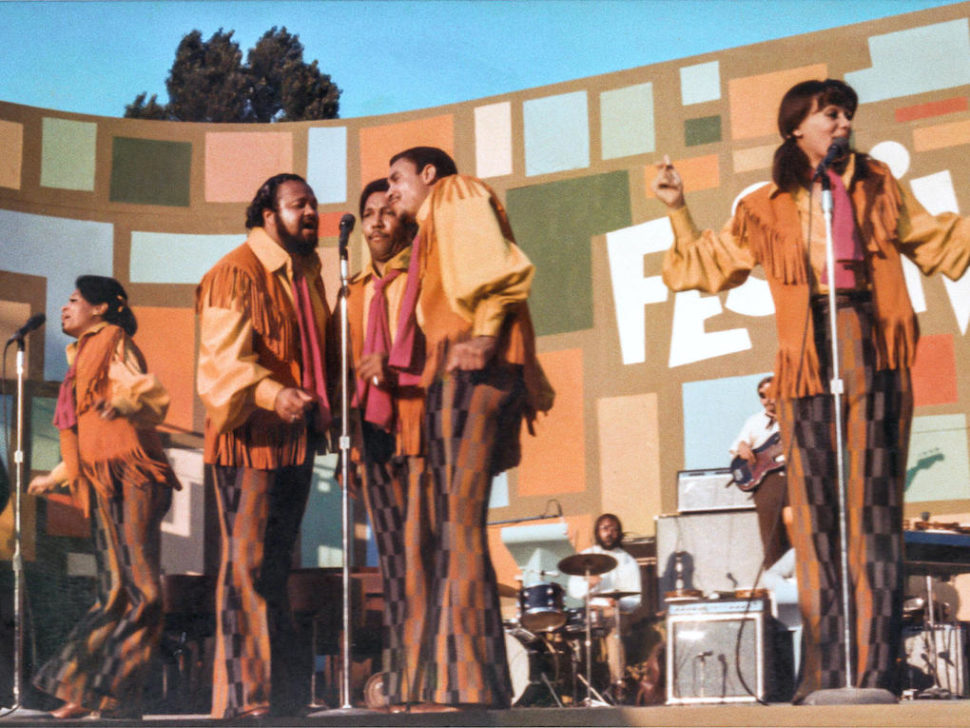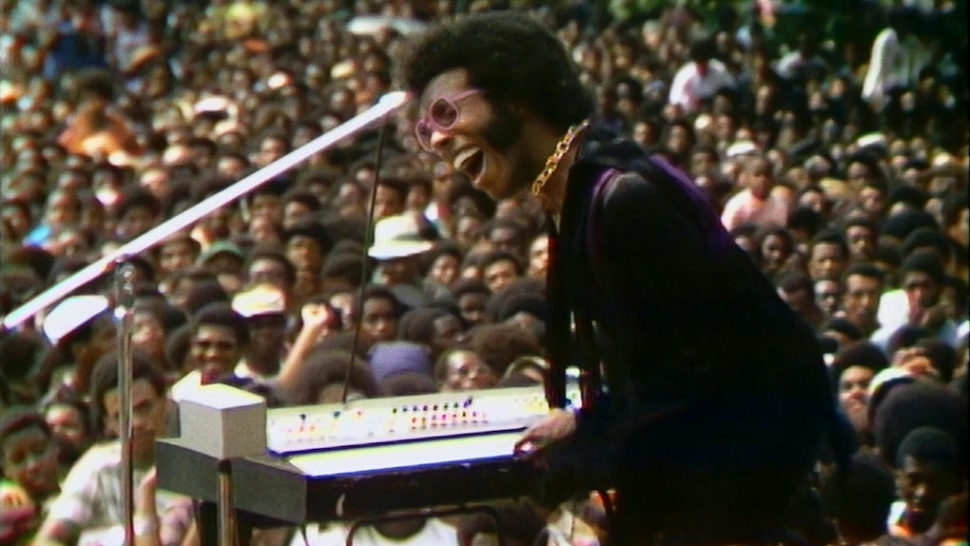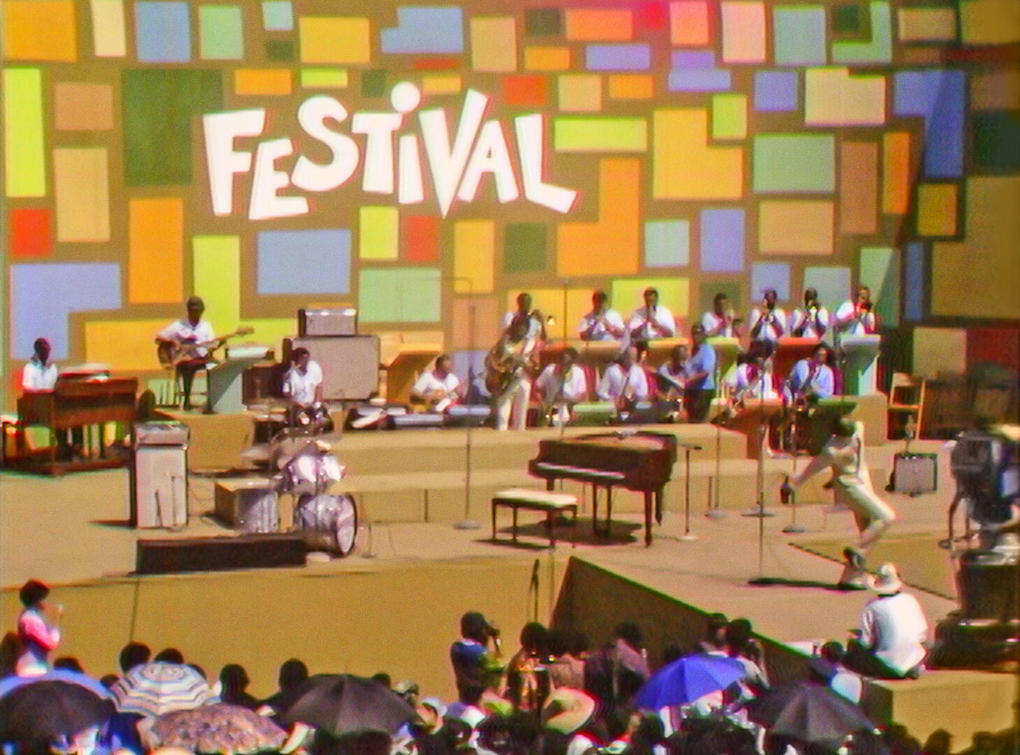The Roots’, Ahmir “Questlove” Thompson made his directorial debut with his new documentary, ‘Summer Of Soul’ which highlights the historic Harlem Cultural Festival with never before seen raw footage that intimately connect the audience with Black legends they have probably never seen— while immortalized through their art.
In 1969, the cities of Harlem, Manhattan, and New York hosted a series of musical events that were coined the “Black Woodstock”. The musical paradise took place in various parks on the East Coast and hundreds of thousands of Black people flocked to these locations to celebrate their rich culture through political activism, iconic artist performances, and emotional gospel ceremonies.
“Summer Of Soul” (…or, When the Revolution Could Not be Televised), was more than a music festival for Black Americans. It was a place of cultural praise, safety, and political commentary for the Black community, who could proudly celebrate their heritage while acknowledging the division in America caused by the Vietnam War and vestiges of institutionalized racism.

The Harlem Cultural Festival took place over 50 years ago and wasn’t historically commemorated like the first Woodstock festival that debuted a few weeks after. The Woodstock festival only occurred over the time span of a few days, while the Harlem Cultural Festival held event programming for over 6 weeks within the summer of the late 1960’s.
Scenes from Questlove’s ‘Summer Of Soul’ feature Black icons — Nina Simone, Gladys Knight, Sly Stone, Mahalia Jackson, and a young Stevie Wonder. The Sundance Film Festival honored the documentary with a Grand Jury Prize and Audience Award. Noteworthy, many of us have never seen Nina Simone sing out words from her most famous political ballads while urging her Black peers to love themselves loudly and proudly during tumultuous times in U.S. history.
The Harlem Music Festival hosted more than 300,000 people with free concerts and events. The flashy attire worn by Black soul idols captured the unhinged Black joy felt throughout the entire acreage of grassy fields where Black festival-goers would congregate and rejoice. The late filmmaker, Hal Tulchin recorded over 40 hours of footage from the “Black Woodstock” and stored it in his New York basement while absolutely no networks or studios showed interest in his historical artifacts. Now, Questlove incorporated all of Tulchin’s never-before-seen tapings into his nearly 117-minute film debut.

Most of the concerts were staged in Harlem’s Mount Morris Park, and the entire event programming was organized by local NYC entertainer named Tony Lawrence. He established all the connections needed for New York’s Park Department, which allowed him to host a summer festival that even attracted the attention of Black Civil Rights Leader, Jesse Jackson.
Now, the “Black Woodstock” stands as a cherished historical Black celebration in time that can only be remembered through the “Summer Of Soul” documentary, salvaged images, and the valuable perspectives from alive Black festival attendees who will surely reiterate how you had to be there.
